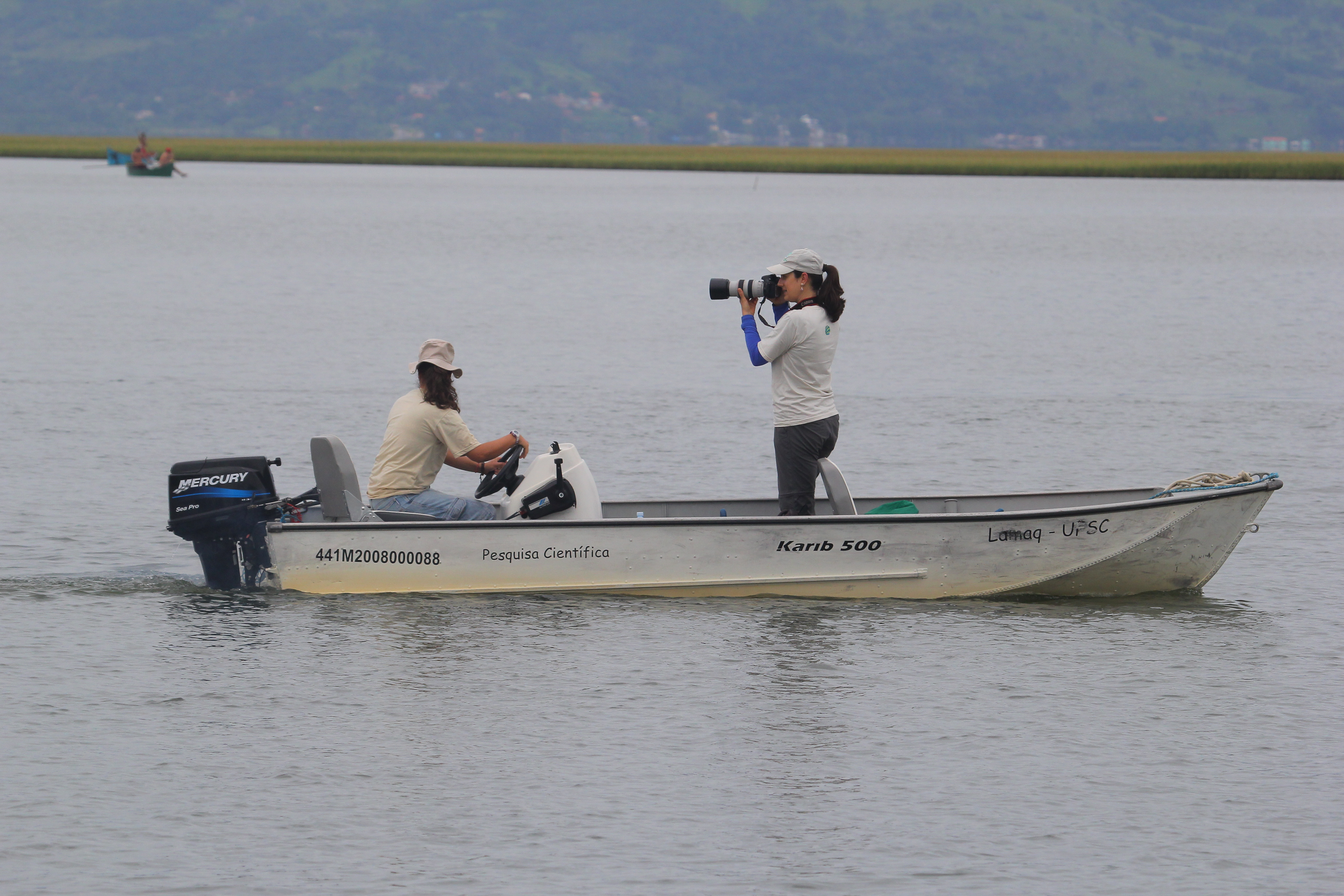The fate of a century-old human-animal partnership
Published in Ecology & Evolution

The human ability to learn how to interact with nature has been the key to our global ecological success, but also to the global ecological crisis that followed. Throughout history, most of human-nature interactions has been one-sided—typically humans gain the largest benefits, nature pays the larger cost—in comparison to the few cultural practices that benefit both parties. A remarkable example of mutually beneficial interactions are the rare cases of human-wildlife cooperation, in which both join forces and work together towards a common goal.
From earliest records by Roman natural philosophers in the 1st century to the present day, only a handful cases of cooperation between human foragers and wild animals have been documented—hunters-honeyguides, whalers-orcas, fishers-dolphins. These are now waning in the current surge of human-wildlife conflicts. Ecological theory proposes that interspecific interactions can flip between beneficial and antagonistic as fluctuations in resource availability or behavior shift the cost:benefit ratio for the individuals involved. Anticipating these dynamics in human-wildlife interactions is a crucial but challenging endeavor, as it requires a thorough empirical understanding of how humans and wild animals cooperate in a rapidly changing world.
In our recent study, we reveal the behavioral mechanics, population consequences, and conservation implications of recent environmental change on a century-old cultural practice—one of the last mutually beneficial ecological interactions between humans and wild animals.
This study uncovers the drivers and consequences of an iconic human-wildlife cooperation, predicts the conditions under which it can turn into one more human-wildlife conflict, and proposes safeguarding actions to keep such remarkable cultural practices in the next chapters of our history. Since the late 1800’s, free-ranging bottlenose dolphins have been interacting with artisanal net-casting fishers in southern Brazil. By building upon a number of studies on this system since the 80's, we could now put all the pieces together to definitively demonstrate (i) how dolphins and fishers interact, (ii) how they gain short- and long-term benefits from interacting with each other, and (iii) why the frequency of such human-dolphin foraging is in rapid decline. Addressing these questions is critical to understanding how long this cultural fishery can persist, and the potential cascading changes to the ecosystem it belongs. Our study utilizes an interdisciplinary approach—combining intensive behavioral sampling, long-term demographic and fisheries surveys, and predictive modelling—to provide the answers.

To reveal how dolphins and artisanal fishers interact and their short-term benefits from interacting, we deployed a multiplatform tracking system at the main interaction site in Laguna, southern Brazil, to simultaneously record interactions between dolphins, fish and humans, above and underwater. We sample mullet availability with sonar cameras; dolphins’ and fishers’ presence and behavior with observations; dolphin identification with photography; fishers’ movement with GPS wristbands; fishers’ benefits with catch measurement; dolphin behavior with drones; fishers’ engagement with interviews; and dolphins’ benefits with acoustic recordings. We describe this interaction with unprecedented details and show that both dolphins and fishers experience higher foraging success when interacting synchronously. Dolphins herd mullet schools toward the coast, increasing prey availability within the reach of the net-casting fishers, who gain higher foraging success—but only when matching the casting behavior with the dolphins’ foraging cues. In turn, when dolphins approach the fishers’ nets closely and cue fishers in, they dive for longer and modify their active foraging echolocation to match the time it takes for nets to sink and close over mullets—but only when fishers respond to their foraging cues appropriately.
We use a multiplatform system to simultaneously track—over and underwater—the interactions between mullets, dolphins and humans to reveal how dolphins and fishers coordinate their actions and reactions. These fine-scale data demonstrate that foraging synchrony is key to both predators benefitting from high prey capture. By carrying out 12 years of systematic land- and boat-based monitoring of the dolphins’ and fishers’ populations, we show that the cooperative foraging increases dolphins’ survival and confers socioeconomic benefits for fishers. We also find, however, that the declining frequency of dolphin-fisher interactions threatens these benefits, mirrors declines in the regional mullet availability, and are mirrored by increases in illegal fishing methods that drive dolphin mortality.

Equipped with these empirical insights, we develop a numerical model to predict the trajectory of our study dolphin population—including both cooperative and non-cooperative individuals. The model predicts that increasing scarcity of mullets can push the dolphin population to extinction, predominately via incidental bycatch as the broader fishing community engage in more detrimental fishing methods to target other fishing resources. Safeguarding this remarkable human-wildlife interaction means keeping not only the population of predators (humans and dolphins) in good shape, but also the population of prey (primarily the migratory mullet fish), so we can keep their interaction beneficial for both parties. While reversing the current scenario of mullet overexploitation by large-scale industrial fisheries would take immense economic and political changes, it may be more manageable to focus on the artisanal fishers' behavior. Our models also show that with conservation actions targeting the behavior of fishers—through incentivizing the foraging synchrony with dolphins and investing in more policing to remove illegal fisheries—it is possible to maintain the cultural fishery beneficial for both fishers and dolphins for years to come.
To me, it is inspiring to think that with initial local actions we can help preventing this rare human–wildlife mutualism from turning into yet one more human-wildlife conflict. Human–wildlife conflicts have severe consequences for dolphins, as demonstrated by the recent decimation of vaquita (Phocoena sinus) and baiji dolphins (Lipotes vexillifer), so it is in our best interest to safeguard such cultural practices that involve humans and dolphins working together to achieve the same goal of eating and surviving.
There has been more and more scientific understanding that cultures not only exist in humans, but also in some animal species such as dolphins. This study illustrates a high-profile example where the conservation of such cultural diversity (here, the cooperative foraging between dolphins and artisanal fishers) can contribute towards preserving biodiversity (here, an endemic subspecies of bottlenose dolphins, Tursiops truncatus gephyreus, and the fish community they prey upon). Just like biological diversity, cultural diversity is everywhere, but both are specific to each place. And each such specific pieces matter. The cultural human-dolphin cooperative fishing, for one, is a refreshing example that not all human-nature interactions have to be one-sided.
It also highlights that cooperation is key. This research undertaking would not be possible without the hard work and numerous insightful contributions of many before us, including our many friends, colleagues, students, partners and artisanal fishers who have been working tirelessly over the past decades to understand, appreciate and preserve this remarkable socio-ecological system for years to come. In face of so many bad news about our environment, the simple lesson that dolphins and artisanal fishers remind us is inspiring: by cooperating, we can all coexist in harmony.



Please sign in or register for FREE
If you are a registered user on Research Communities by Springer Nature, please sign in